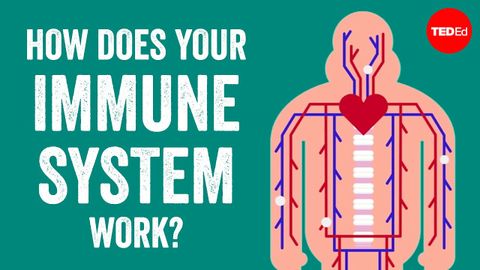TED-ED】あなたの免疫システムはどのように機能するのか?- エマ・ブライス
IS LIU が 2018 年 03 月 05 日 に投稿  この条件に一致する単語はありません
この条件に一致する単語はありませんUS /ɪˈmjoon/
・
UK /ɪˈmju:n/
US /ˈtrɪɡɚ/
・
UK /'trɪɡə(r)/
- n.引き金;事を開始する装置;きっかけ;トラウマの引き金;トリガー (電子工学);トリガー (コンピュータ);トリガー (釣り)
- v.t.引き起こす;引き起こす;反射を引き起こす
US /ˈkɑnstənt/
・
UK /'kɒnstənt/
US /ˌdaɪəˈbitɪs, -tiz/
・
UK /ˌdaɪəˈbi:ti:z/
- n. (c./u.)糖尿病;1型糖尿病;2型糖尿病;妊娠糖尿病
エネルギーを使用
すべての単語を解除
発音・解説・フィルター機能を解除
